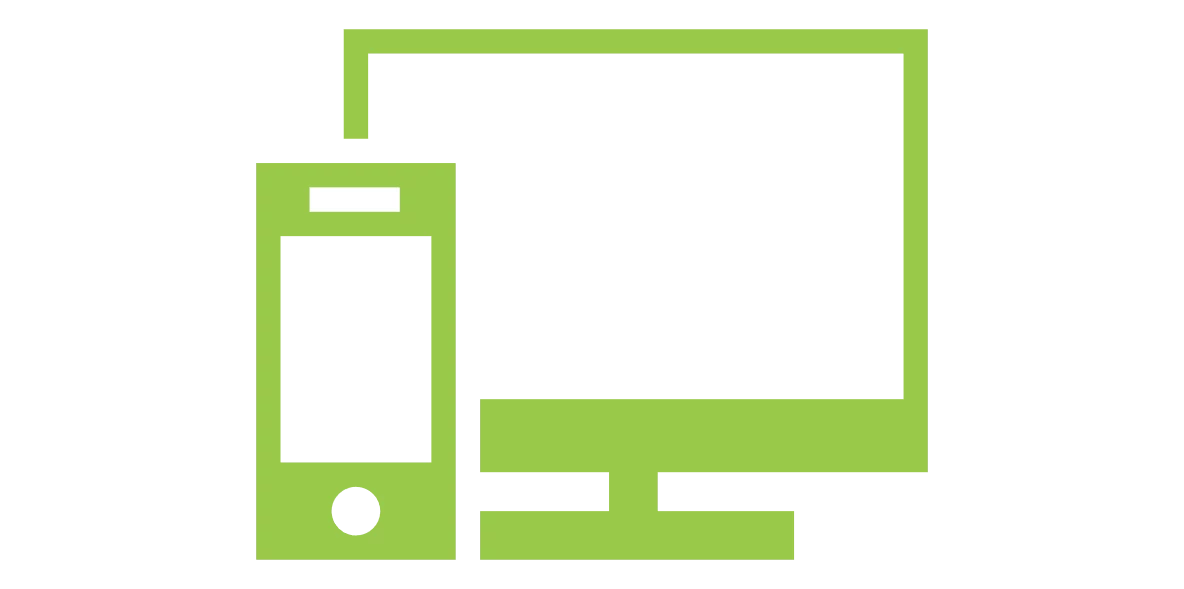The in-vehicle telematics uses GPS technology to automatically provide location information along with other data such as date and time, vehicle diagnostics, engine management, and more. When paired with an in-cab device, which drivers/operators log in to, it automates operational reports to provide rich information to the business about the health and efficiencies of its vehicles, as well as data to provide insights into driver behavior, such as harsh usage, driving hours, excessive idling, speeding and fatigue.
When implemented by businesses with fleet operations such as in industries like transportation, construction, specialty services, delivery and government, vehicle tracking systems typically come with – and meet – an expectation of reduced operational costs, increases in productivity and maximized efficiency. When considering the slim margins seen in any fleet operations, any savings or efficiencies can be a significant improvement to a business’ bottom-line.
 1. GPS Satellite
1. GPS Satellite
The vehicle’s location is provided by telematics hardware installed in the vehicle communicating with a GPS Satellite network.
 2. The Vehicle and Data
2. The Vehicle and Data
The installed telematics device collects and transmits the important vehicle and driver data in real time.
 3. Communications
3. Communications
Using cellular networks data is sent on to regional servers. In today’s modern world, the coverage, signal strength and speed provide a reliable means to transfer data with efficiency.
 4. Secure servers
4. Secure servers
Servers located in each region provides data with rigorous security measures and present it in real time to fleet businesses.
 5. The Internet and the Cloud
5. The Internet and the Cloud
The Internet provides huge opportunities to support advanced functionality and immediate accessibility. Often referred to as the cloud, businesses can rely on vehicle tracking systems to deliver insights instantaneously.
 Fleet Management Solutions
Fleet Management Solutions
Fleet managements solutions can be accessed with any internet-connected device and gives businesses access to insights in real time to help make informed decisions, and complete daily tasks with ease.
The Benefits of GPS Vehicle Tracking Systems
All organizations have different needs based on the unique challenges they face. Depending on how robust a vehicle tracking system’s feature-set is, it can provide a wide variety of benefits that support businesses operate effective, safe and compliant fleets.
Harness the Power of Vehicle Tracking
Optimize routes, improve fuel efficiency, and gain real-time insights into your fleet with Teletrac Navman.
Customer Satisfaction – The most basic functionality of a vehicle tracking system – location – is not just about where your vehicles are, but more importantly how far they are in relation to your customers allowing businesses to provide detailed and timely customer communications. Vehicle tracking systems can also improve route plans, which further increases customer satisfaction with increased on-time delivery metrics.
Increased Revenue – Vehicle tracking systems allow you to keep an eye on business operations in a digital environment. Managers are able to see how vehicles are used, how drivers are operating them, see where inefficiencies in processes are occurring and more, ultimately reducing costs and creating more revenue.
Safety - More robust vehicle tracking systems inform fleet managers on metrics that can lead to decisions that increase safety for your drivers and the vehicles they share the road (or jobsite) with. Monitor and get real-time alerts regarding poor driving behaviors to have evidence-based driver coaching conversations and driver rewards programs.
Regardless of the solution, vehicle tracking systems all mostly operate in a similar fashion. Knowing your unique business needs and goals can improve your ability to choose a vehicle tracking system that is right for you.
The biggest differences between the companies that produce and sell these systems are the detail in the data collected, the differentiators in feature-sets and customizations, quality of hardware, and the value-added services like customer support and training that are provided by the vehicle tracking system provider. This software becomes an integral part to the business based on the crucial decisions you can make using the data provided. From professional services to help with installation, through to customer success, training, and support, a well-rounded suite of features and services will be instrumental in the level of success you see as a result of a vehicle tracking system.


